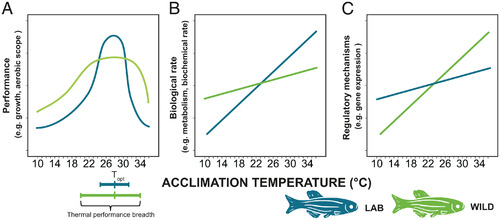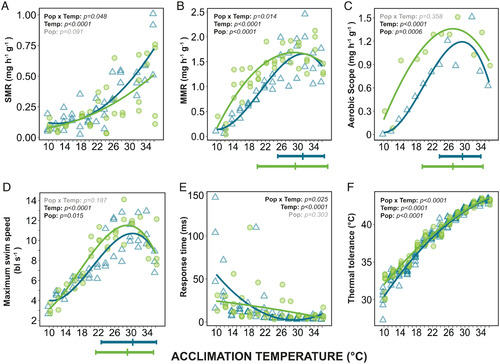- Title
-
Reduced physiological plasticity in a fish adapted to stable temperatures
- Authors
- Morgan, R., Andreassen, A.H., Åsheim, E.R., Finnøen, M.H., Dresler, G., Brembu, T., Loh, A., Miest, J.J., Jutfelt, F.
- Source
- Full text @ Proc. Natl. Acad. Sci. USA
|
|
|
|
|
|
|
|




